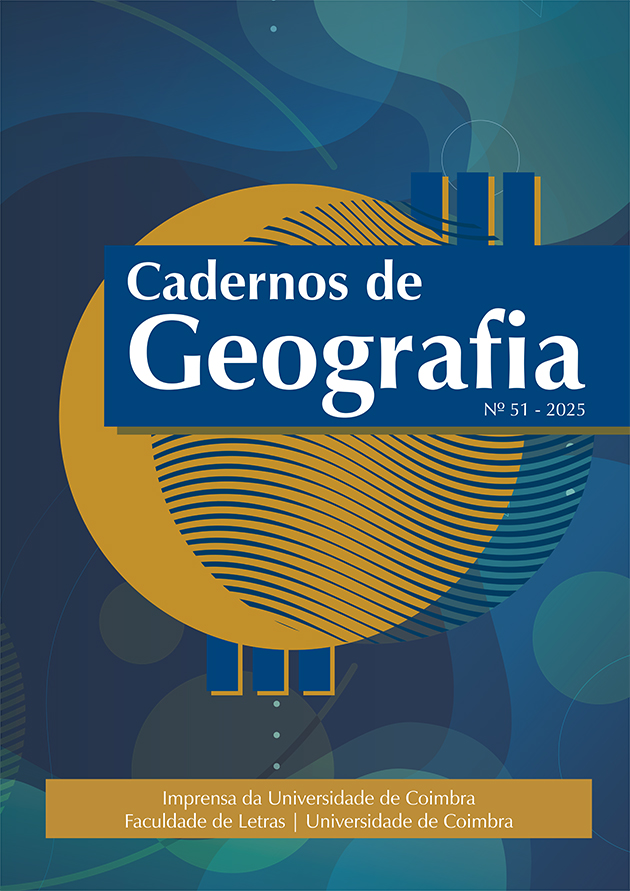Environmental quality of forest remnants in the hydrographic basins of Capivari-Mirim and Jaguari, municipality of Campinas/SP
DOI:
https://doi.org/10.14195/0871-1623_51_2Keywords:
Landscape ecology, Urban green areas, Recovery of degraded areasAbstract
The forest remnants contribute significantly to the environmental sustainability of cities, being associated with various ecosystem services, such as water infiltration into the soil, maintenance of biodiversity, the provision of raw materials, climate improvements, thermal comfort, the cycling of nutrients, among others. In this sense, the present work aimed to establish and apply an environmental quality index in forest remnants in the watersheds of Capivari-Mirim and Jaguari in the municipality of Campinas / SP in order to identify the main weaknesses present in these ecosystems in order to propose mitigation measures based and effective. To this end landscape metrics were used for 75 forest remnants in the watershed of the Capivari Mirim River and 324 in the watershed of the Jaguari River, located in the municipality of Campinas. The results obtained show that only 10% of the remnants were classified with high quality in the Capivari-Mirim basin and 2.5% in the Jaguari basin. In both basins remnants with a medium quality index predominate, with 13% and 26% showing low quality, respectively in the Capivari-Mirim and Jaguari basins. The results obtained show that the indicators used can be important tools in identifying measures to be proposed, in terms of the recovery of these important ecosystems, as well as for the eminent need for the conservation and preservation of most of the studied remnants.
Downloads
Downloads
Published
Issue
Section
License
Copyright (c) 2025 Cadernos de Geografia

This work is licensed under a Creative Commons Attribution 4.0 International License.
Authors retain copyright and grant the journal right of first publication with the work simultaneously licensed under a Creative Commons Attribution License that allows sharing the work with recognition of authorship and initial publication in Antropologia Portuguesa journal.











